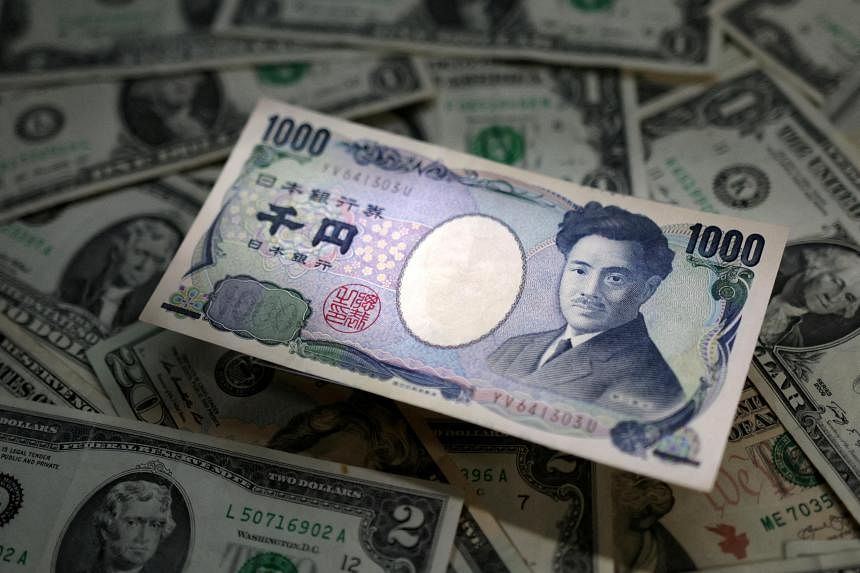TOKYO - Japan stepped closer to currency intervention with its strongest warning yet as the yen slid to the weakest level in about 34 years against the dollar.
The currency dipped 0.3 per cent to 151.97 per dollar in Tokyo on March 27, passing the 151.95 level that prompted Japan to wade into markets in October 2022.
Traders then backed away when Finance Minister Shunichi Suzuki ramped up hints of possible action.
“We are watching market moves with a high sense of urgency,” Mr Suzuki said. “We will take bold measures against excessive moves without ruling out any options.”
Policymakers are running out of choices short of purchasing the yen to prop it up after the Bank of Japan’s (BOJ) first interest rate hike since 2007 failed to change its trajectory.
A lack of guidance pointing to further near-term policy tightening, and the central bank’s insistence that financial conditions will remain easy, have instead pushed the yen in the opposite direction.
That leaves Japan buying time before the Federal Reserve starts cutting US rates, a move that may transform the dynamics of the market.
In the meantime, the yen’s plunge also puts pressure on policymakers to act, as it tends to increase the cost of living for Japanese households by making imports pricier.
“Given recent history, a breach of 152 could instigate intervention,” said Mr Rodrigo Catril, a senior foreign exchange strategist at National Australia Bank in Sydney.
“The break of the previous high has accelerated the move,” he said, referring to the dollar-yen.
Against the Singapore currency, the yen was trading at 112.488 per Singdollar at 4.15pm Singapore time, up 0.1 per cent from its close on March 26.
For the year to date, however, the yen has weakened about 5 per cent against the Singdollar.
Mr Suzuki’s reference to bold action is generally interpreted to mean direct intervention in the currency market. The yen strengthened to 151.63 following the remark.
If continued verbal warnings fail to stem the tide against the yen, Mr Suzuki may call for yen buying in the market.
The authorities in Tokyo spent 9.2 trillion yen (S$82 billion) in 2022 to prop up the yen on three occasions, each time insisting that they were not protecting any specific currency level.
Investors expect the interest-rate differentials between Japan and other developed economies, notably the United States, to remain wide even after the BOJ ended the world’s last negative interest-rate regime last week.
That is undermining the yen as investors favour higher-yielding currencies elsewhere.
Ten-year US Treasury bond yields are around 4.2 per cent, about 3.5 percentage points higher than their Japanese counterparts, close to the biggest gap in the past decade.
Hedge funds and asset managers combined held a near-record level of bearish positions against Japan’s currency last week, according to data from the Commodity Futures Trading Commission going back to 2006.
BOJ board member Naoki Tamura said the manner in which monetary policy is managed is going to be extremely important for a slow, steady normalisation to put an end to extraordinarily large-scale easing.
Those comments from the central bank’s most hawkish member did not do anything to change the narrative that conditions will remain easy in Japan for the time being without an aggressive hiking of rates.
Option traders were watching the dollar-yen pair, as a rise to 152 would trigger some knockout barriers at that level, according to traders. A breach of the barrier may see the currency pair extend gains as investors who held the reverse call options will need to cover large short dollar-yen positions, said traders. BLOOMBERG

